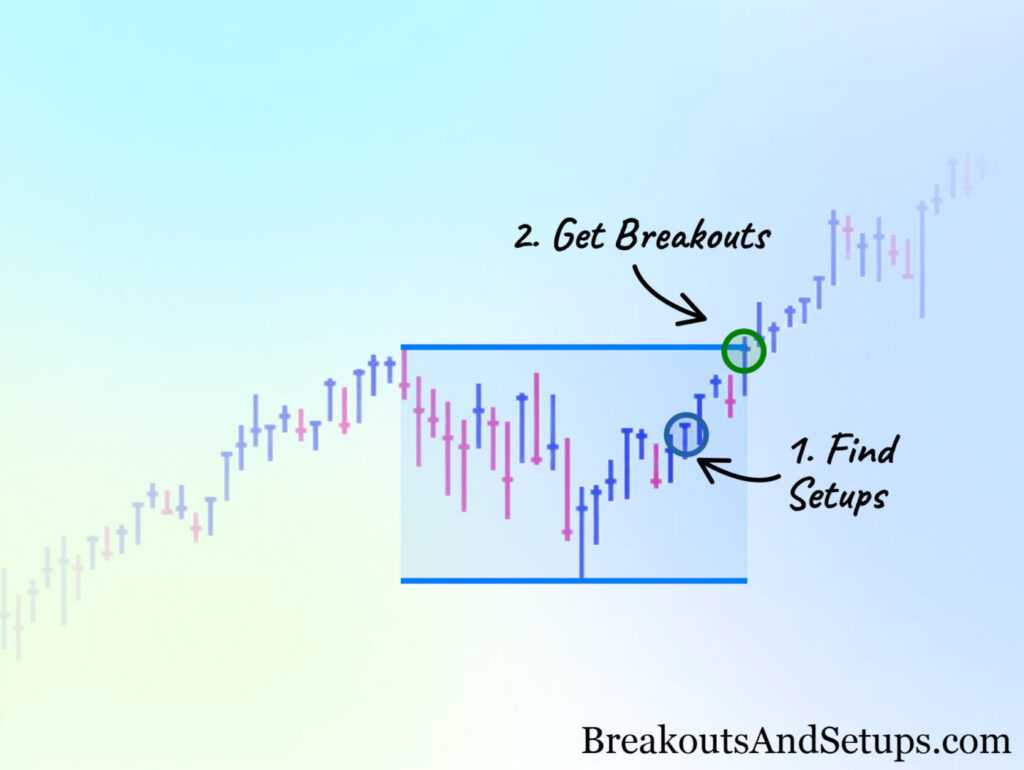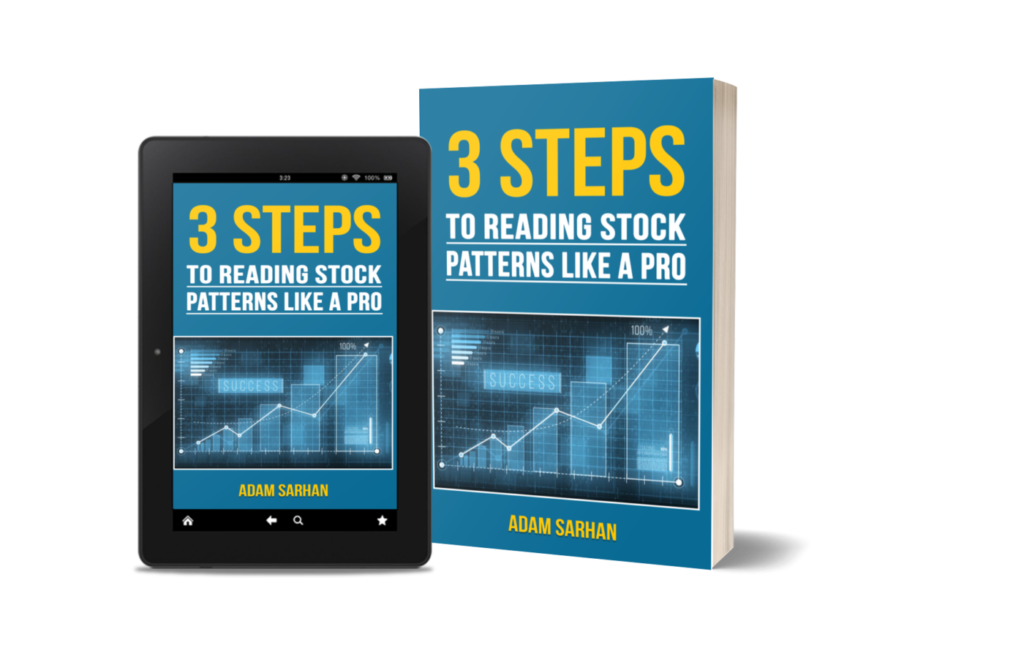Types of Trading Strategies for the Stock Market
As a day trader, you buy and sell stocks to take advantage of price changes. These trades often occur throughout the day. Sometimes, you have days where you make multiple trades in a period of a few hours. Regardless of how many times you trade per day, it would be best to have a strategy. Here are several trading strategies for the stock market that you can use as a new trader.
Most Common Trading Strategies
When it comes to trading stocks, there are several periods where you’ll need to follow different strategies. First, you must determine what you’ll buy and sell. Unlike with casual stock investing, the goal is to specialize by trading a few select stocks. After selecting what you’ll trade each day, you must know when to buy and when to sell. All three points require specific strategies. Here are the most common ones for each trading period.
Using a Day Trading Strategy
Day traders, like the name implies, only hold stocks for at most a day. Most day traders will not keep an open position on your trades during two consecutive trading days. Instead, they’ll take their profits (or losses) between the market open and close.
With that in mind, what should you focus on as a day trader? If you want to day trade, you’ll need to understand the fundamentals and technical analysis of stocks. By examining technical analysis factors, you can identify undervalued or overvalued stocks and determine entry and exit points.
As a day trader, you need to focus on trading strategies for the stock market that usually bring smaller profits per transaction. By deciding the dollar amount you want to earn per day, you can make enough stock trades to meet your goal while making profitable trades 50% of the time. You’ll use stop-loss trades and limits to guarantee that, on average, you’re earning more from successful transactions than losing ones.
Creating a Swing Trading Strategy
Another option you have while buying and selling stocks is to use a swing trading strategy. Swing traders hold stock shares over more extended periods than day traders to win short- and medium-term price movements. While day traders look at fundamentals while selecting stocks to trade, swing traders focus on picking breakout stocks that will shift in price within the next days or weeks.
There are a few reasons why you may prefer swing trading over day trading. If you choose to hold positions for longer than one day or you don’t want to watch charts all day, then you’ll enjoy swing trading. However, swing traders often select volatile stocks to trade, meaning you must avoid emotional decisions over your holding period. The overall goal is to maximize profits by buying into long positions and selling out of short ones.
Trying a Scalping Strategy
So far, you understand several strategies for locating stocks that you would like to purchase. However, none of these strategies explain when you should sell your stocks. A scalping strategy makes it easy to determine when to accept profits. Scalp traders sell immediately after a trade is profitable and make several trades in succession to meet their income goals. To use a scalping strategy, you’ll consider how much income you want to earn from each trade and sell your shares the second your deal meets your profitability goals.
Fundamentals of Position Trading
Posting trading is another strategy you can try. As a position trader, you hold shares for long periods of months or years. It requires you to focus on the long-term prospects of a company instead of short-term prices. Because of the amount of time you have to make a successful trade, you can maximize your profits using a position trading strategy. However, this strategy also requires you to hold through market downtrends, which can be difficult for most investors. Therefore, you must see position trading as a long-term marathon instead of as a day-trading sprint.
Less Common Trading Strategies
Those are the main types of trading strategies for the stock market, but that doesn’t mean there aren’t other ways to make successful trends. Here are some less common trading strategies that you may wish to try.
Trend Trading
While security is steadily increasing or decreasing in price, trend traders invest to earn income from asset momentum. To do so, trend traders review moving averages, plot crossovers, and locate support prices. There are several types of indicators that trend traders try to identify. Examples of trend indicators include:
- The moving average convergence divergence (MACD) momentum indicator.
- The relative strength index (RSI).
- The on-balance volume indicator (OBV).
These indicators help investors determine when to enter and exit stock market positions.
Breakout Trading
Your goal as a breakout trader is to find stocks that will move past their current support level. Identifying breakout stocks requires analysis, timing, and luck. Yet, if you locate a stock on the uptrend, you’ll earn profits by selling before the breakout subsides. You can even do this automatically by setting a limit-entry order to lock in gains at a specific dollar amount per share.
What’s the best trading strategy to utilize?
Overall, there are several trading strategies you can use to give yourself an advantage. However, it requires skill, knowledge, and experience to profit as a trader successfully. Begin by learning the fundamentals, setting aside time to learn how to trade actively, and trading one or two company stocks. Once you know how much to risk and the types of orders to place, you’ll start profiting on more trades and minimizing your losses.
Although there’s no specific strategy that fits all investor preferences, you’ll succeed if you stick to one plan and master it instead of trying multiple strategies as a trader. For more information on investing strategies from a community of successful stock investors, join our mailing list. You’ll find our stock tip emails helpful as a beginner or experienced investor. Click here to learn more.
“Knowledge is power. The stock market is nothing if not opportunity but in order to navigate its waters you must arm yourself with information. Sign up for Alpha Alerts and get four premium stock picks every month. Take the guess work out of investing and allow us to do the heavy lifting. We are so confident in our service we will let you try it FREE for 30 days! Sign up now.”





